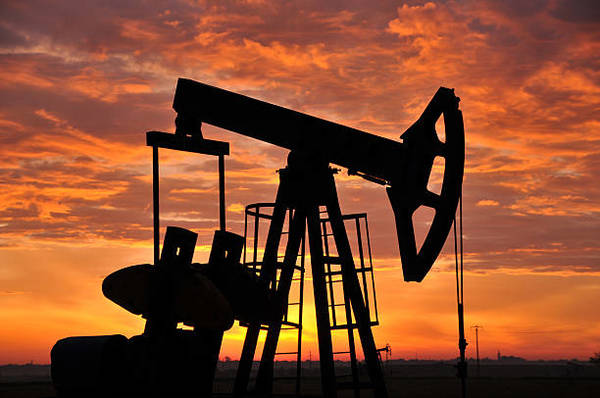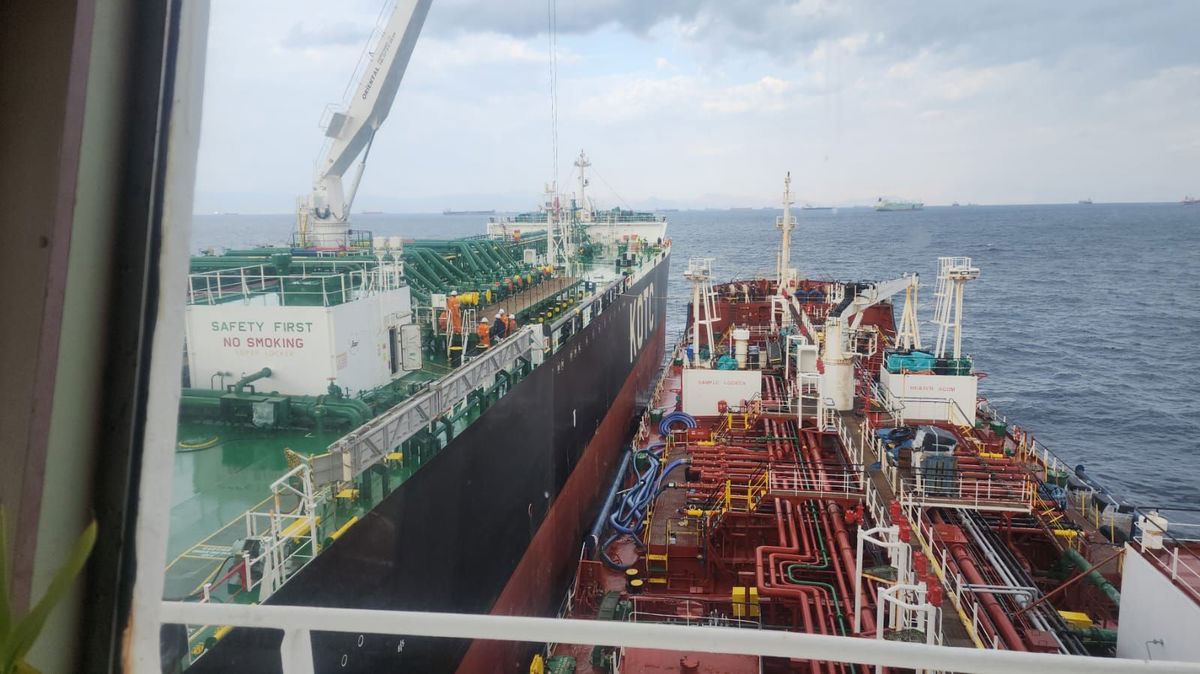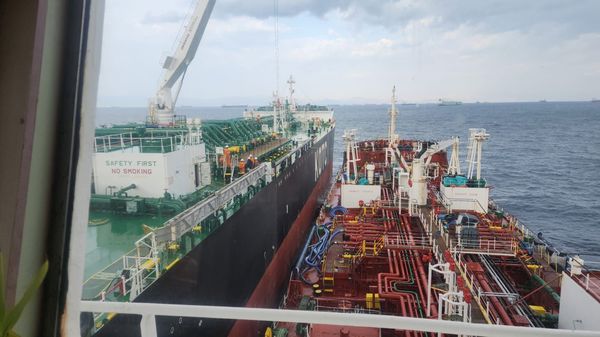Brent declines further on sluggish demand growth concerns
The front-month ICE Brent contract has moved $0.23/bbl lower on the day, to trade at $76.98/bbl at 09.00 GMT.
 PHOTO: Silhouette of an oil pump jack at dusk. Getty Images
PHOTO: Silhouette of an oil pump jack at dusk. Getty Images
Upward pressure:
Brent’s price found some support from escalating tensions in the Red Sea, which have fueled concerns in the global oil market about potential supply disruptions.
On Monday, Iran-aligned Houthi forces launched two anti-ship ballistic missiles (ASBM) at two crude oil tankers transiting the Red Sea, the US Central Command (CENTCOM) said.
Both vessels carrying crude oil were hit by the missiles, CENTCOM said.
Besides, oilfield closures and export bans in Libya have also supported Brent’s price today.
Libya’s state-owned oil company National Oil Corporation (NOC) confirmed oilfield closures in the country last week. On Monday, it declared force majeure on the El Feel oilfield, one of the biggest oilfields in Libya.
“[Brent] Crude oil gained as supply disruptions in Libya worsen,” ANZ Bank’s senior commodities strategist Daniel Hynes said. The El Feel crude oilfield has a capacity of 70,000 b/d, Reuters reports.
Downward pressure:
Brent’s price declined as demand growth concerns from the world’s second-largest oil consumer, China, continued to temper market sentiment.
China’s manufacturing activity slumped in August, with the country's manufacturing Purchasing Manager’s Index (PMI), a key economic indicator to understand demand growth, coming in at 49.1.
“Demand was also in focus following more weak economic data in China. Factory activity contracted for a fourth consecutive month in August,” Hynes added.
A PMI reading below 50 indicates a decline in the country’s economic health. It can also dampen the demand growth for commodities like oil.
“Crude oil prices are again struggling as the outlook for global demand turns increasingly bleak,” SPI Asset Management’s managing partner Stephen Innes remarked. “The risks are skewed to the downside, particularly with China—the world’s second-largest consumer and a key driver of global oil demand growth—stuck in an economic funk,” he added.
By Aparupa Mazumder
Please get in touch with comments or additional info to news@engine. online





